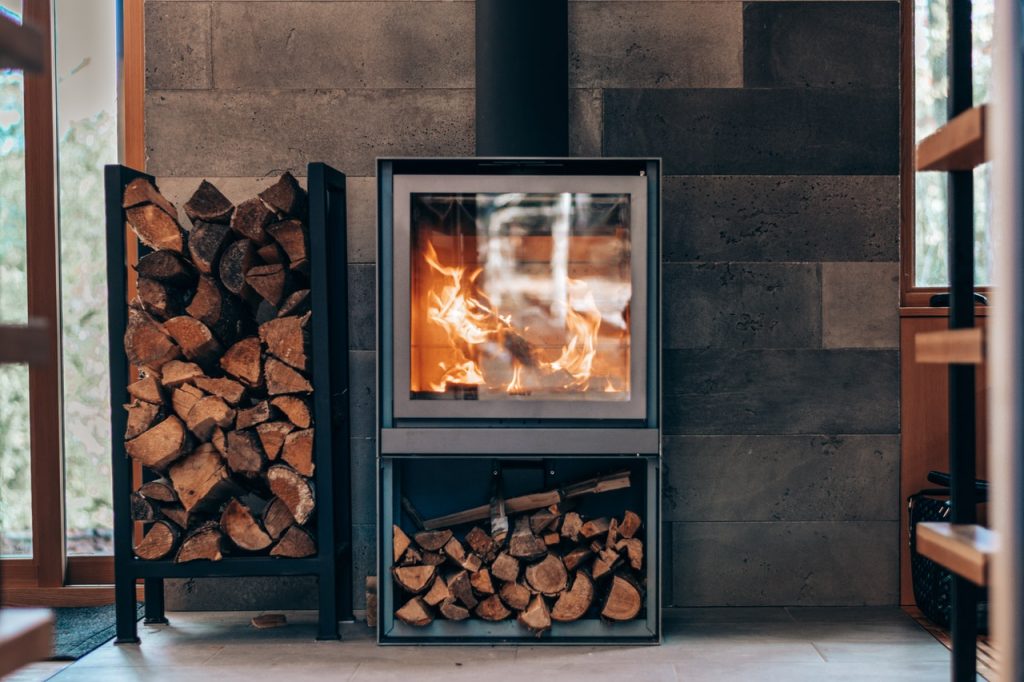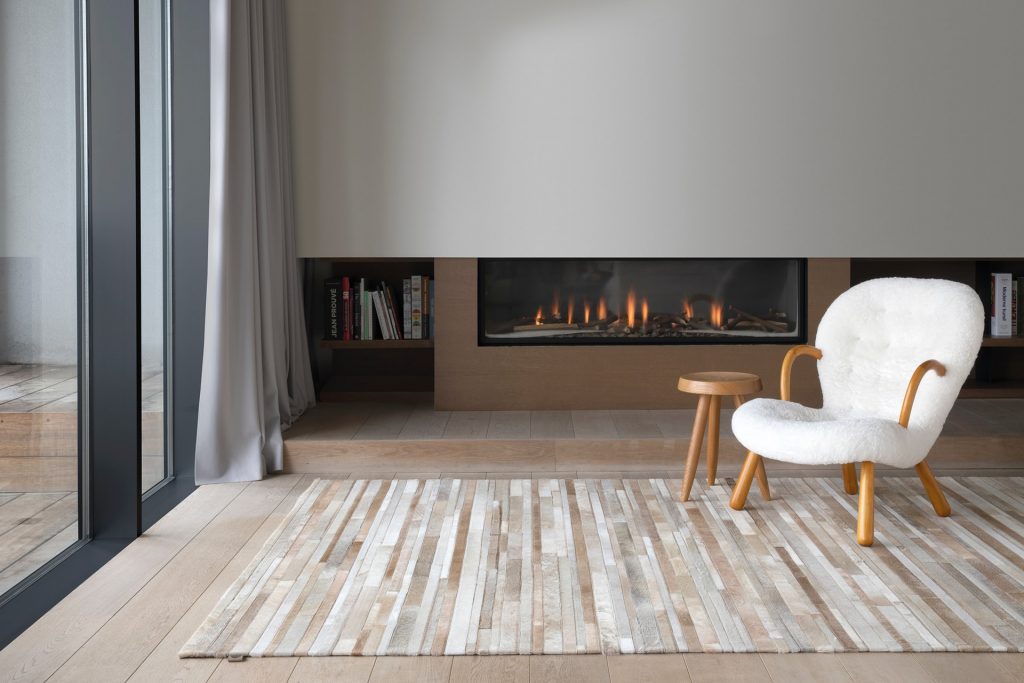The passing of winter makes heating necessary and frequently used appliances in many homes, and with it concerns on how to best use it. There are a few tips that can help to get the most in terms of cost and heat from your equipment.
Your home can have any of the appliances or heating systems:
- Furnace
- Central heating radiators
- Fireplace
- Electric space heaters
- Heat pumping mini-splits
- Wood burning furnace
- Oil Radiator Heater
- Furnace Gas Heater
- Boiler Heater
- Unvented Gas Heater
- Water heart (with a tank or tankless)
All of these even though different can be used more efficiently by just accepting a few changes and habits.
So, what can you do to be cozy while not overusing your heating appliances?
Use the sun
Take advantage of natural warmth as much as possible, that means:
- Opening drapes during sunny hours
- If possible opening windows as well
- When you are working from home try to follow the sun when it’s out, that way you are always at the natural warmers room always and can avoid turning on the heating system
Repair your heating appliances
Making sure that your heating appliances and systems are working properly by having professionals assess them is key, why?
- You avoid wasting energy on a system that is not working
- Prevent further damage to the appliance
- Saves you time and money
The importance of windows and doors
Windows and doors are the biggest culprits of heat loss in any home because they literary let the warmth of your home escape. How to prevent this loss?
- Check your window and door frames for possible heat loss cracks to fill and insulate them
- Use clear covers or tape on the inside of your windows for more insulations
- Replace windows with more durable frames and glass options
Control the thermostat
Having control over the thermostat is a privilñege and huge responsibility, this little factor determines smooch of how much and how well you spend energy heating your home. Here’s what you can do to master the thermostat use.
- Use the timer so that it turns off or on fter a certain time. You can have a warmer home in the morning and prevent excess energy waste when you are tucked in at night.
- Turn it off when you are not home.
- Activate app control if you can. This way you can control from wherever you are.
- If you have a heat pump system or no thermostat control then just set a timer for it to turn off after a few hours, the heat will remain and you will be saving on your spending.
For homes with fireplaces:
- Read up on how to use your damper for maximizing the efficiency of the heat
- Use quality wood
- Keep an eye on your fire



